INDIA--PHOTOGRAPHY] Photographic album on card, probably assembled in India circa 1868. 14 1/2 inches x 20 inches (36 x 49 cm); with a total of 93 albumen prints on printing out paper, one mounted per album leaf, images 10 3/4 x 14 1/2 (27 x 39 cm) and smaller. Front board lacking, rear board loose, some dust-soiling to edges of mounts, two leaves detached (with damage to the mounts), the Bourne images lifted or lifting, one Murray image slightly defective (apparently damaged at the time of mounting), but most images with good (sometimes excellent) tones. The album contains 12 images of Simla (now Shimla) and its inhabitants; one of Cairo and 3 of what is now Pakistan, including Peshawar; 39 images of Ethiopia (Abyssinia) and the British military expedition there; 36 images of Simla, Jeypore etc., of which 7 are by Samuel Bourne and the balance are most likely by Dr. John Murray who lived in Simla (several of these are ink-signed by him); concluding with a fine drawing by Captain George Miller (perhaps the album's compiler) of an Indian view. The Abyssinian Campaign of 1867-68 was conducted by an expeditionary force composed primarily of the Indian Army, against Emperor Tweodros (Theodore) II, who had imprisoned several British representatives and missionaries. It concluded when he committed suicide. The Royal Engineers sent a large quantity of photographic equipment to Abyssinia to document the campaign. The field photography was conducted by Sergeant John Harrold and six assistants, who arrived at Annesley Bay on 5 December 1867, and were attached to the 10th Company of the Royal Engineers. This was the first time that a military campaign had been documented by photographers sent to accompany a full-scale military operation (according to the Yale Center for British Art cataloguing of their set of 78 prints). In the US, we are aware of holdings of these images at the Yale Center and Northwestern University Library (both with 78 prints). Simla, many views of which comprise the first and final part of the album, was the summer capital of the Raj, as the hills provided a respite from the heat of the plains. Many of the images throughout are labeled in pencil on the mounts in a neat contemporary hand, though a few of the Abyssinian images have the printed captions that were issued at the time. C
INDIA--PHOTOGRAPHY] Photographic album on card, probably assembled in India circa 1868. 14 1/2 inches x 20 inches (36 x 49 cm); with a total of 93 albumen prints on printing out paper, one mounted per album leaf, images 10 3/4 x 14 1/2 (27 x 39 cm) and smaller. Front board lacking, rear board loose, some dust-soiling to edges of mounts, two leaves detached (with damage to the mounts), the Bourne images lifted or lifting, one Murray image slightly defective (apparently damaged at the time of mounting), but most images with good (sometimes excellent) tones. The album contains 12 images of Simla (now Shimla) and its inhabitants; one of Cairo and 3 of what is now Pakistan, including Peshawar; 39 images of Ethiopia (Abyssinia) and the British military expedition there; 36 images of Simla, Jeypore etc., of which 7 are by Samuel Bourne and the balance are most likely by Dr. John Murray who lived in Simla (several of these are ink-signed by him); concluding with a fine drawing by Captain George Miller (perhaps the album's compiler) of an Indian view. The Abyssinian Campaign of 1867-68 was conducted by an expeditionary force composed primarily of the Indian Army, against Emperor Tweodros (Theodore) II, who had imprisoned several British representatives and missionaries. It concluded when he committed suicide. The Royal Engineers sent a large quantity of photographic equipment to Abyssinia to document the campaign. The field photography was conducted by Sergeant John Harrold and six assistants, who arrived at Annesley Bay on 5 December 1867, and were attached to the 10th Company of the Royal Engineers. This was the first time that a military campaign had been documented by photographers sent to accompany a full-scale military operation (according to the Yale Center for British Art cataloguing of their set of 78 prints). In the US, we are aware of holdings of these images at the Yale Center and Northwestern University Library (both with 78 prints). Simla, many views of which comprise the first and final part of the album, was the summer capital of the Raj, as the hills provided a respite from the heat of the plains. Many of the images throughout are labeled in pencil on the mounts in a neat contemporary hand, though a few of the Abyssinian images have the printed captions that were issued at the time. C
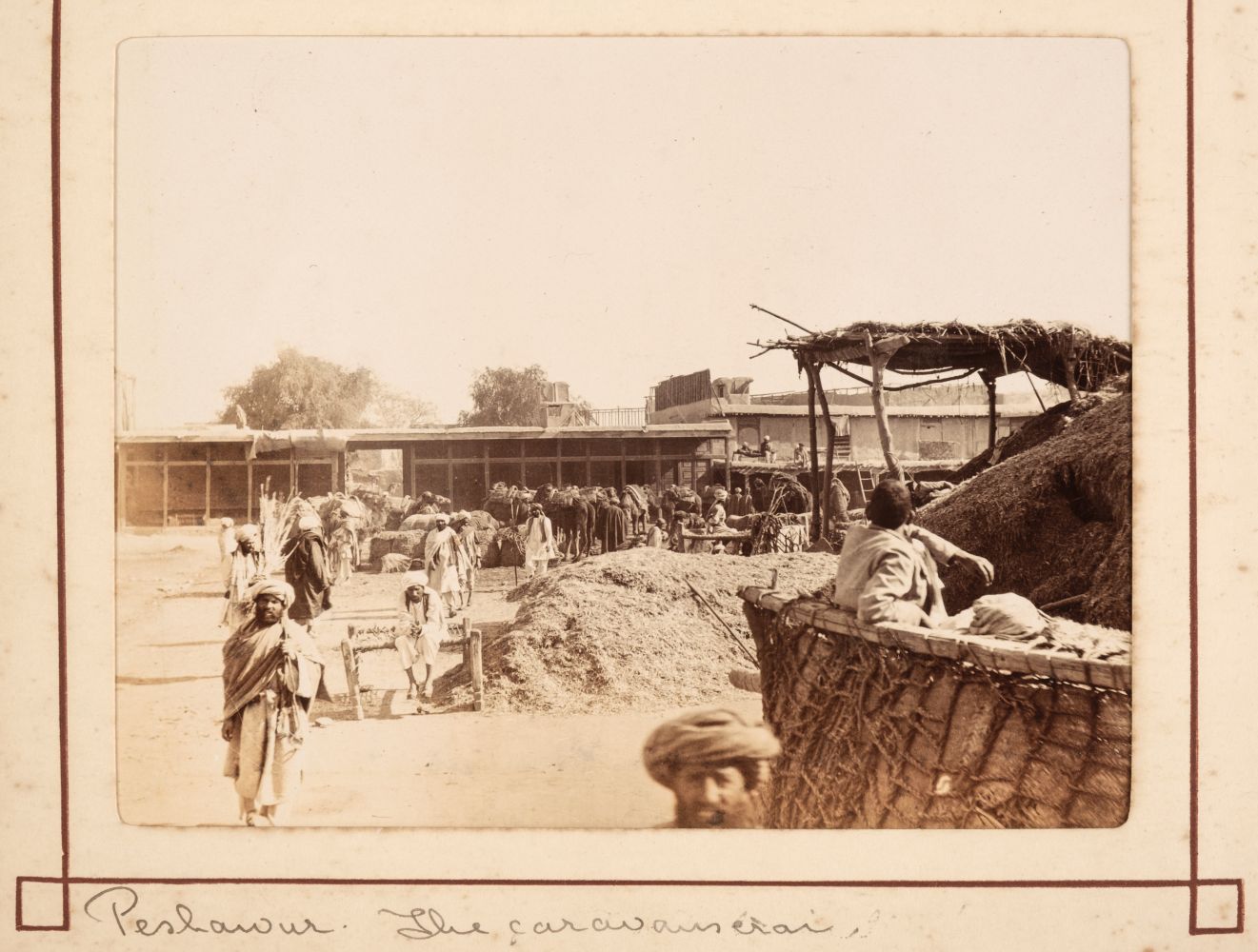

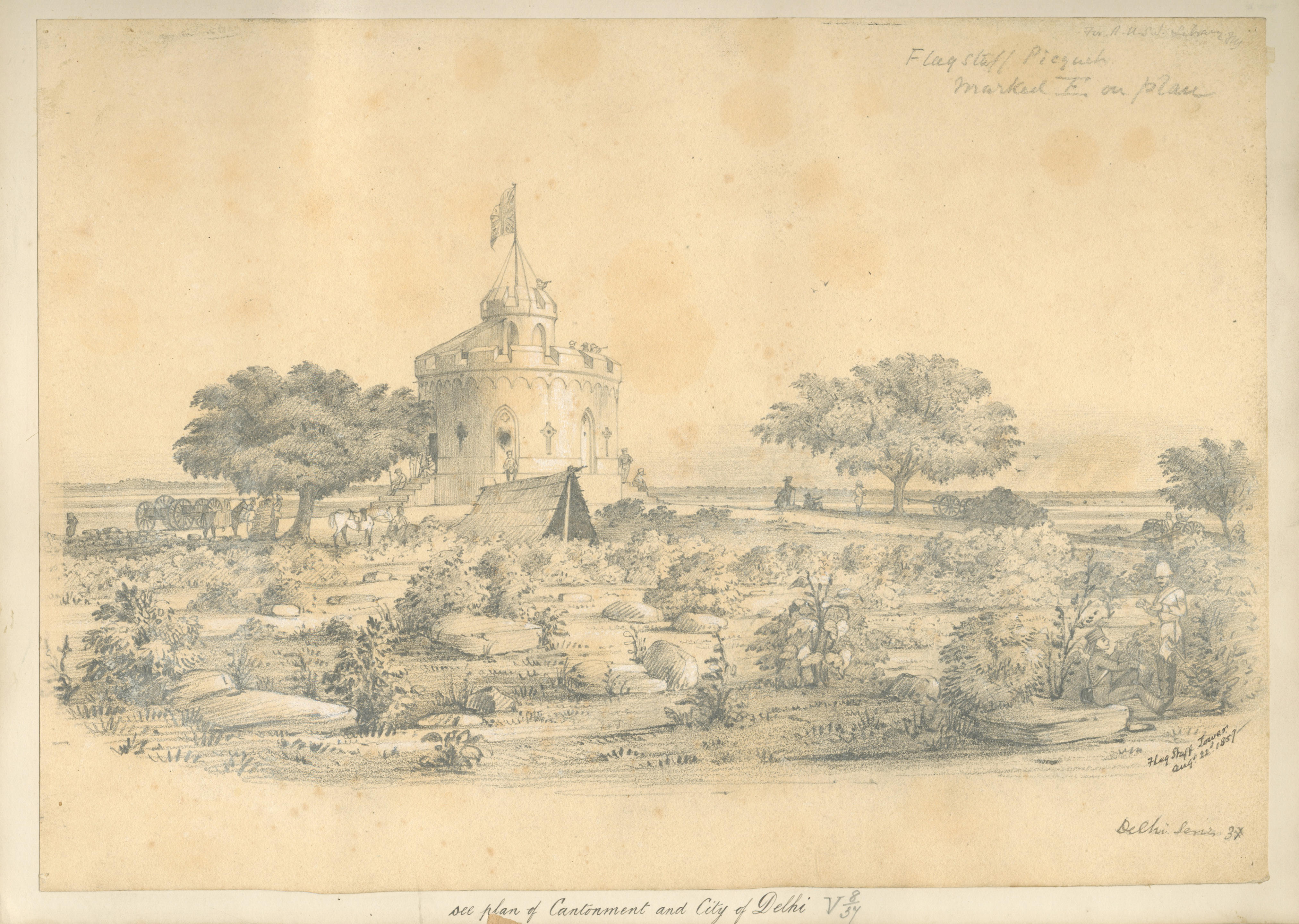
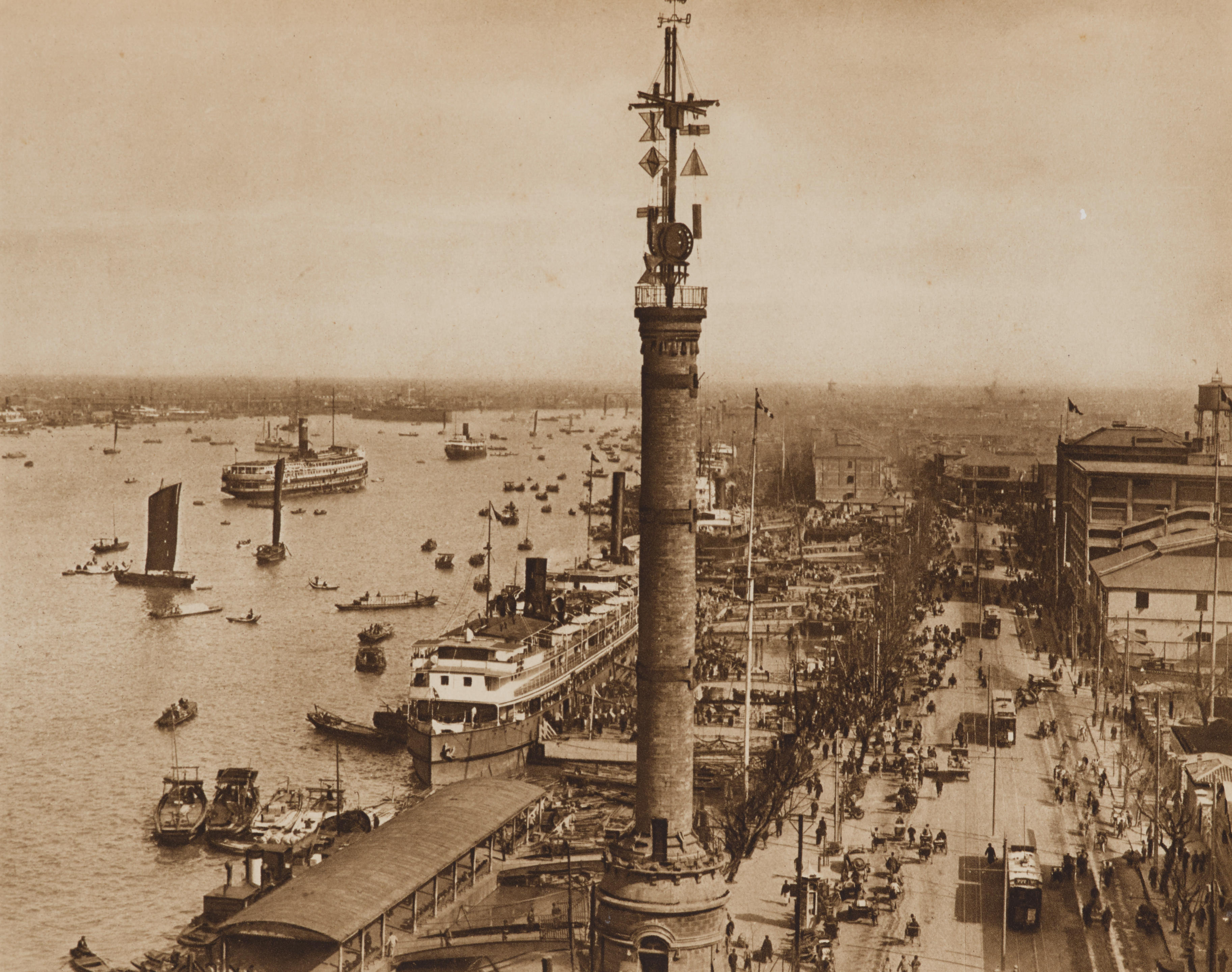


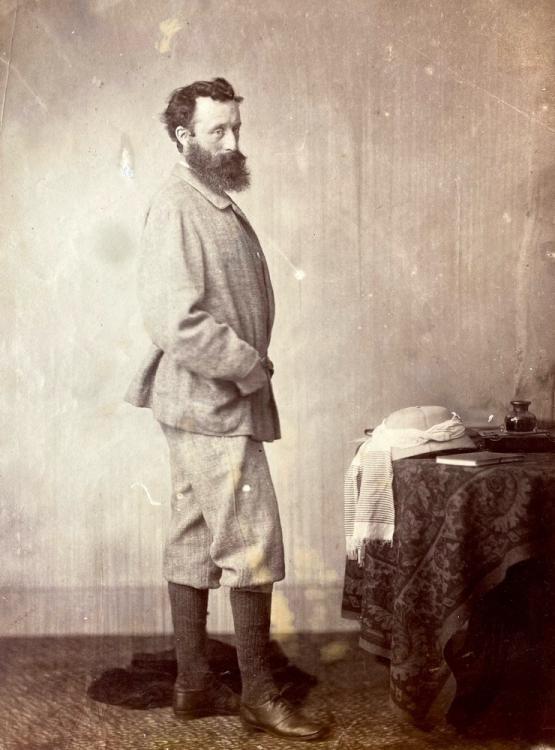


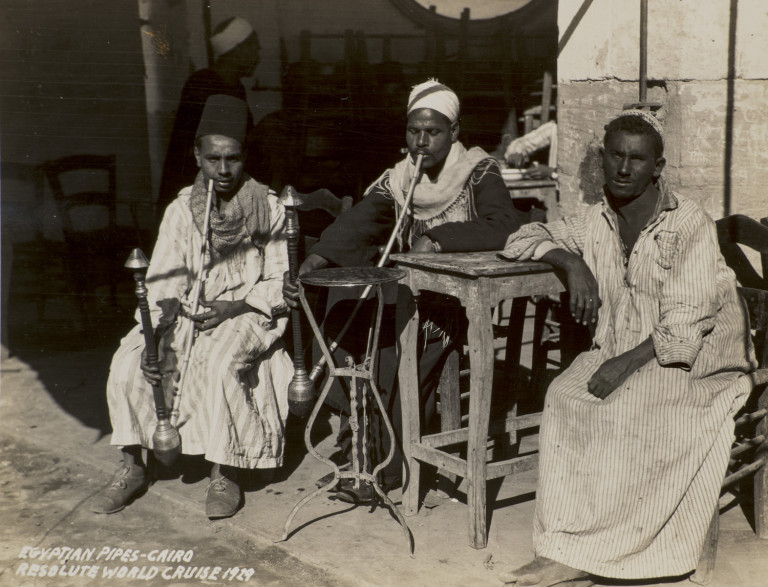


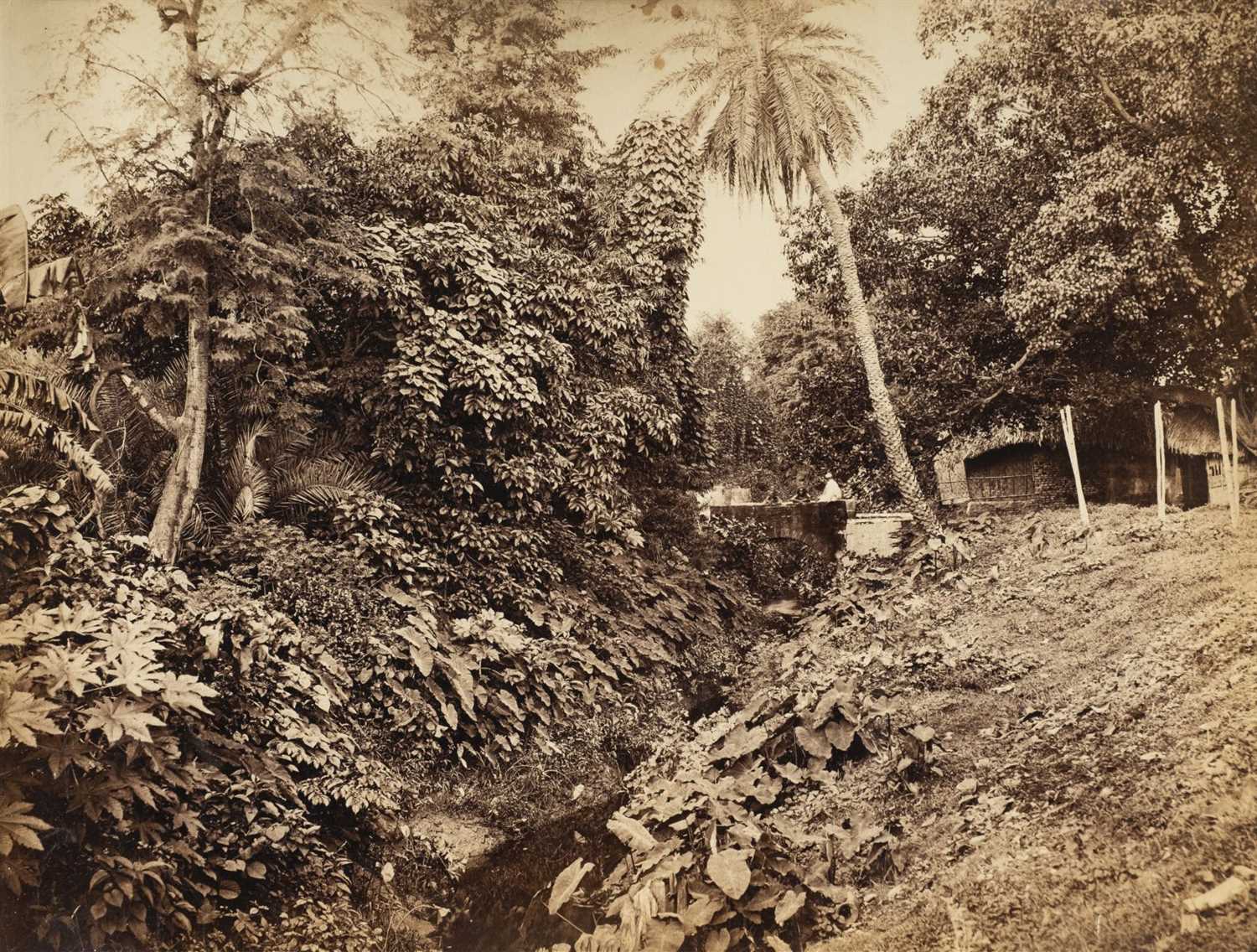
Testen Sie LotSearch und seine Premium-Features 7 Tage - ohne Kosten!
Lassen Sie sich automatisch über neue Objekte in kommenden Auktionen benachrichtigen.
Suchauftrag anlegen